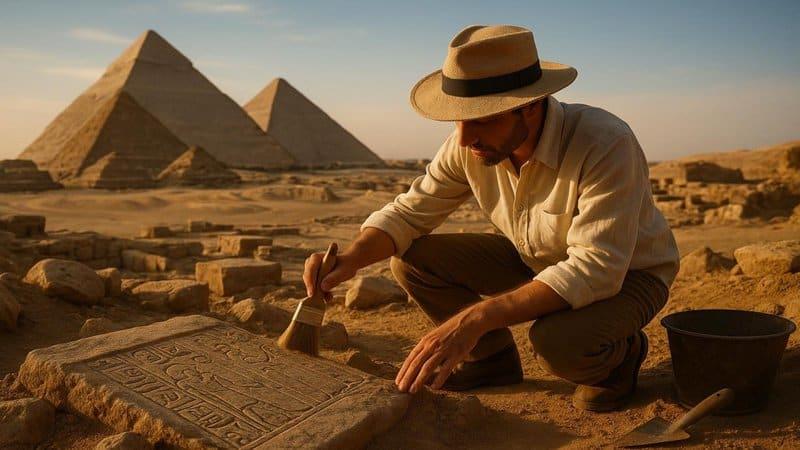4. Hieroglyphs Are Just Picture Writing

Many believe Egyptian hieroglyphs are simply pictures that tell a story, but archaeology proves otherwise. Hieroglyphs form a complex writing system combining phonetic signs, logograms, and determinatives. Thanks to the Rosetta Stone, scholars learned that these symbols represented sounds and ideas, not just images. This breakthrough revealed that ancient Egyptians used a sophisticated written language for everything from poetry to legal documents, far surpassing the notion of “picture writing.”









